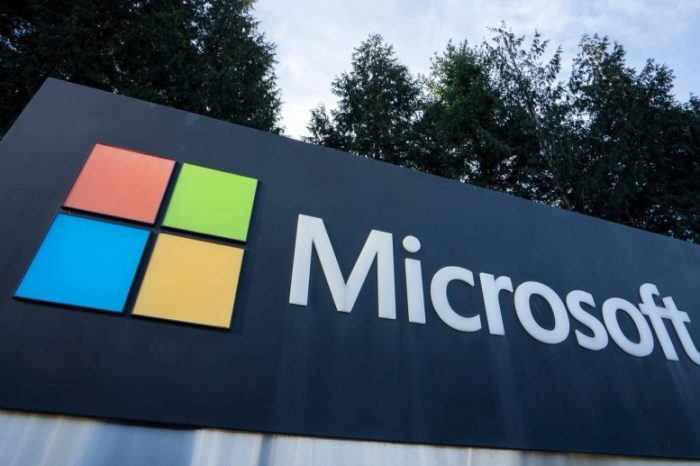The Scenario
“You’ve got some grade-A malware on that PC, lady,” Said the computer repair guy standing infront of Elisa’s monitor.
“Malware?” Elisa replied. “What is that? I don’t remember downloading anything like that.”
“Oh, you wouldn’t know that you had downloaded it, lady. This stuff just creeps onto your computer.”
“How do you know that I have… Malware? Could it be something else?” asked Elisa.
“Lemme ask you some questions, OK?” said the guy. “Does your computer run slow?” Elisa nodded her head. “How about ads – do you get lots of them popping up on your screen? What about crashes – do they happen often?”
“Yeah, all the time” Elisa replied.
“Well there’s your answer, lady. Malware”.
The Risk
Elisa’s computer is just like over 90% of all personal computers: it is infected with Malware.
Malware is an often used, but seldom understood term that is used to generally describe malicious programs that identity thieves, hackers and Internet con-men use to control your computer and use it to perform tasks with you as the user often being none the wiser.
Malware includes all malicious programs ranging from annoying adware to the more dangerous spyware to the devastating impacts of computer viruses that can open up backdoors on your computer, allowing unknown third parties to control your computer as part of a zombie army to send spam, steal identity information and host illegal content on the Internet – – all under your name and online identity.
How Do You Become Infected?
Many malware applications are cleverly disguised as useful, even desirable pieces of software that the user mistakes as legitimate and blindly downloads onto their computer.
For example, if a website offered you the opportunity to increase the speed of your internet for free, would you be tempted click ‘download’? What about if you were offered a trial download of the world’s “‘fastest and most secure” search engine for free?
In an ironic spin on this infection method, many malware applications are actually marketed as anti-malware tools, and these are not backyard operations — these are professional looking and highly deceptive websites that appear to offer legitimate products.
Malware also finds its way onto computers by piggy-backing off large, legitimate companies. For example, Firefox, the world’s second most popular web browser has literally thousands of endorsed and homebrew extensions – some of which may contain malware. Toolbars, messenger extensions and screensavers are all favourite hiding places of dangerous malware applications.
Malware is also commonly installed onto a system through Active-X controls: special programs that can change your computer’s registry and literally take control of particular computer functions. While Active-X controls can be dangerous, they are also used legitmitely for many different uses. Too often users find themselves infected with malware just by being too trusting and clicking ‘Accept’ just too quickly.
Malware can be launched from almost any web link, image or video, meaning that social networking sites like Facebook and Myspace are literal breeding grounds for malware applications as videos and images ‘go viral’, infecting huge numbers of linked computers very quickly.
What Does Malware Do?
As mentioned before, the functions of malware range from annoying to devastating. Some of the most common functions off malware include:
The collection and transmission of personal details, account information and passwords back to an unknown third party server,
Serving the user with unwanted and persistent advertising,
If a user enters an incorrect web address, the browser can redirect them to a commercial or compromising website,
The user’s homepage can be hijacked and changed to a commercial or phishing website,
Changing a web-browser’s security settings and operating function, making it easier for security to be compromised,
Diminishing the overall performance of the user’s computer… before redirecting them to a registry cleaning product or system enhancer.
How Dangerous is Malware?
It is not easy to say how dangerous Malware is in a sweeping comment as each different threat has its own function and inherent risk level. For the lower threats like adware, you might just find that the malware is a bit annoying and that it impedes your system performance. For viruses, you can find that your computer’s operating system becomes completely annihilated. For the most dangerous threats, malware can steal your personal information, putting your savings, credit and reputation at irrecoverable risk.
When in Doubt, Be Cautious. Malware is Bad News.
Remember that malware is unauthorised software on your computer that you did not knowlingly consent to. As such, it is vitally important that you regularly scan your system and remove all possible threats. Thankfully, there are a number of ways to avoid malware infection ever occuring on your PC, and most of them just come down to safe Internet use.










